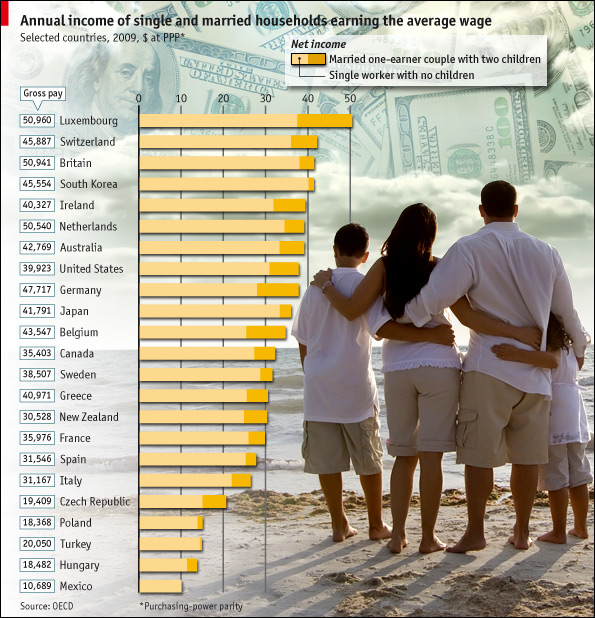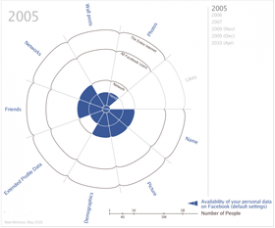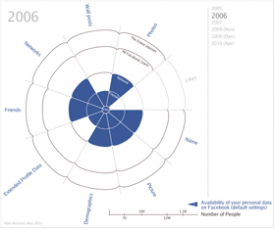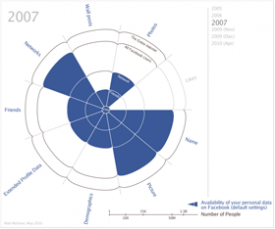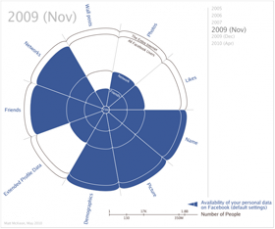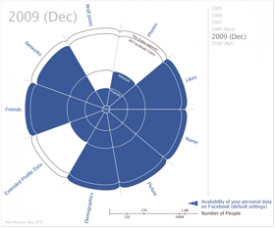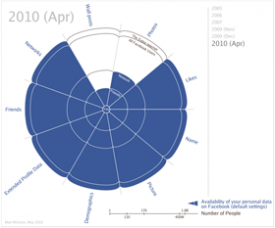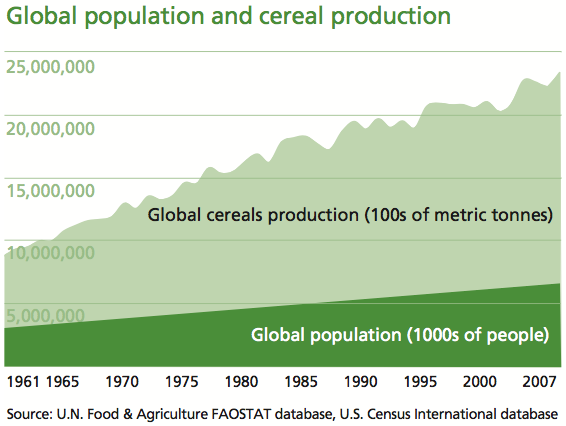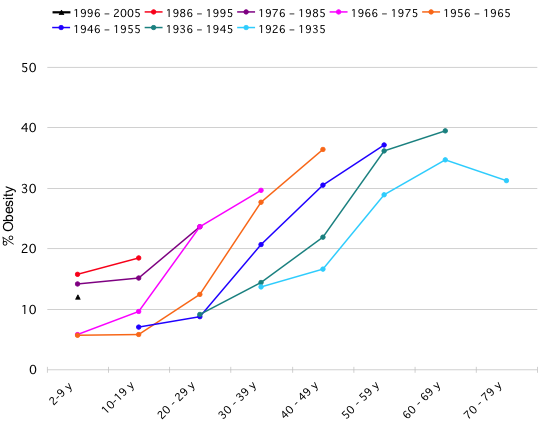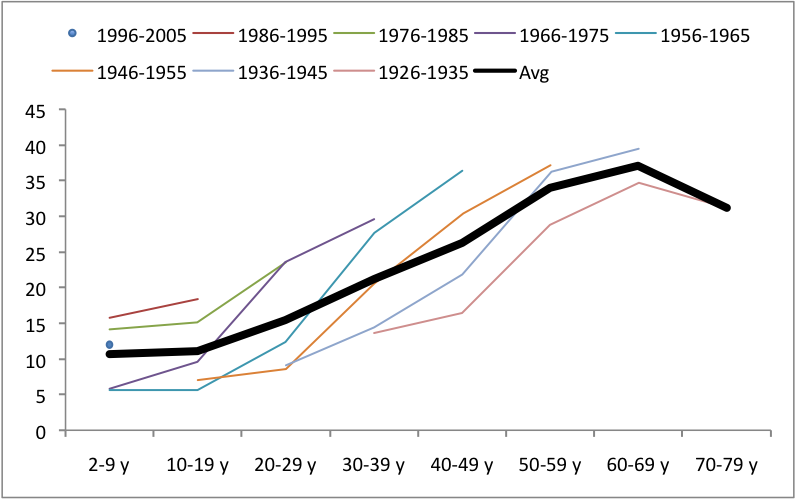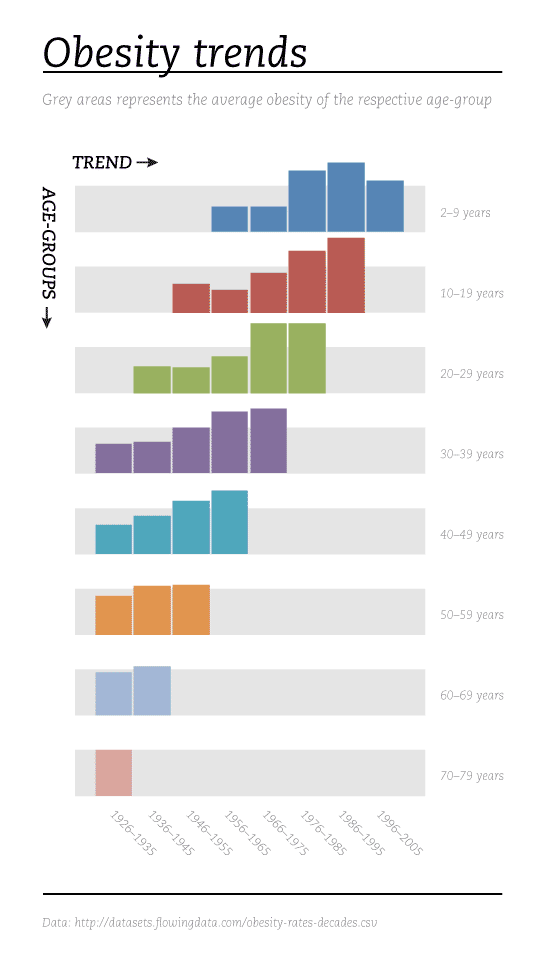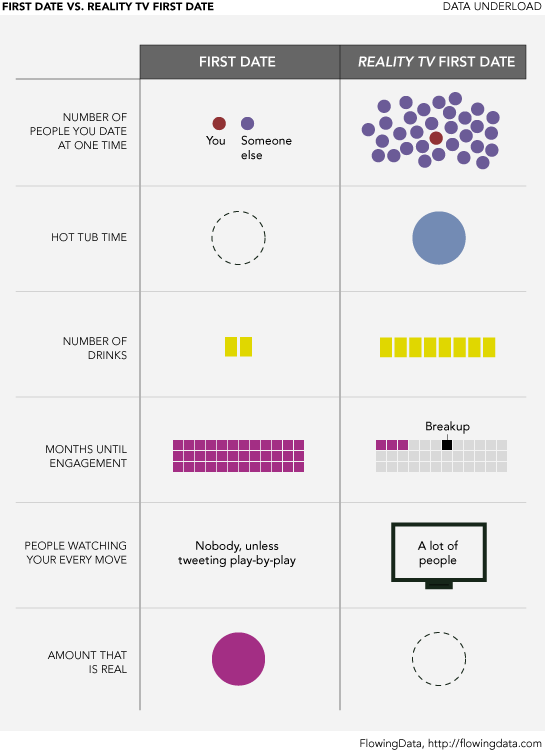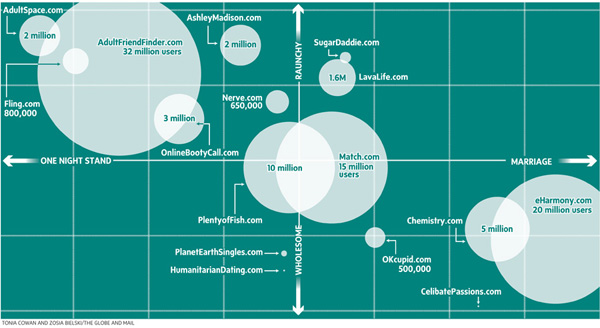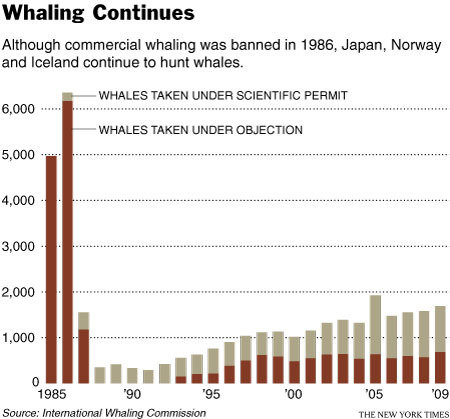
What Works
It’s easy to see, even without the explanatory text, that there must have been something happening circa 1986 that changed the way whales were killed. The explanatory text is necessary to understand that it was a legislative change as opposed to a whale disease or a human health scare similar to mad cow disease (crazy whale disease?).
What I like more about this graph is that it suggests something fishy might be going on when it comes to the ‘scientific’ capture of whales. The argument goes something like this: in order to understand and protect whales and whale habitats, some whales need to be captured and killed. Just eyeballing the bars, it would seem that from 1985-1990 something like 100-300 whales were killed annually in the name of science. Then the number of whales killed for the scientific preservation of whales started to drift upwards. In 2005 my estimation suggests that well over 1000 whales were killed for science. And that 1000/year number seems to hold from there through 2009. Now, maybe whale science has grown by leaps and bounds and requires the death of about 1000 whales per year.
The article does not address the increase in scientific whale deaths so I am left to wonder if the graphic is revealing some questionable whale fatality accounting procedures. In other words, this graphic is a champion because it raises a political question in a largely apolitical way. Good work, New York Times.
Reference
Broder, John. (14 April 2010) “Whaling Continues”. In The New York Times, Environment Section.

